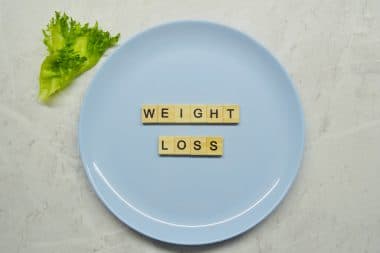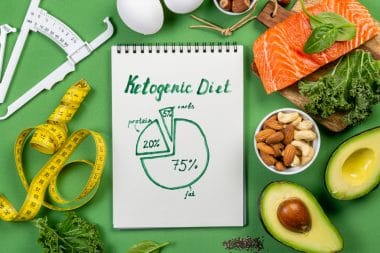Isn’t it amazing how our vocabulary has expanded just by walking down the aisle of our local supermarket? Here’s a sampling of what we find on the shelf these days (talk about a baggage of esoteric terms!). – Fat-Free – Calorie-Free – Cholesterol-Free – Saturated Fat-Free – Low-Fat – Low-Calorie – Low-Cholesterol – Low-Saturated Fat
Ironically, these terms are supposed to make things easier. Actually, the often serve to make things more complicated! And furthermore, it’s even more frustrating when you read labeling regulations issued by the US Food and Drug Administration. These labels talk about “reference product”, percentages, and nutrient components. Huh? Nicole Haywood, author of Absolute Beginner’s Guide to a Lite and Healthy Lifestyle, decodes this whole labeling business and puts it in layman’s language.
– nutritional facts — this information provides data about your daily nutrient needs. These facts are based on 1 serving, and people are surprised at how much more they consume than just one serving. The calculation of calories is based on this one serving principle, so labels will say: Calories 250 Calories from fat 110 This means that the number of calories from fat is arrived at by multiplying the total grams of fat per serving by nine (there are nine calories per one gram of fat; in this case, there are about 12 grams of fat).
– ingredient list — ingredients are listed from high to low weight, so if the first ingredient is sugar, that means that the product contains high amounts of sugar. As a general rule, the longer the ingredient list, the more processed the food. Try to buy products that have a short ingredient list!
– health claims — these come in three classes: those that meet significant scientific agreement (e.g. “high in calcium, reduces risk of osteoporosis), those that are qualified health claims (FDA ruling is not that clear, there are nuances to the definition), and structure/function claims (be wary when you read a label containing something like “maintains immune function”).
– nutrient content claims — when a label says “light” or “lite”, this means that the product has 1/3 fewer calories than a standard product or over 50% less fat, or over 50% less sodium.
The next time you go grocery shopping, allot an extra half hour so that you can read food labels and understand them properly. Next time you see the words “lite” or “fat-free”, try to remember what these really mean. Shopping in a hurry isn’t smart shopping. You can miss out on the fine print, and end up with a product that has zero nutritional value. More information is available in nutritional books and references. Just make sure that your material is relatively recent, because the US FDA revises labeling requirements frequently.






Reply